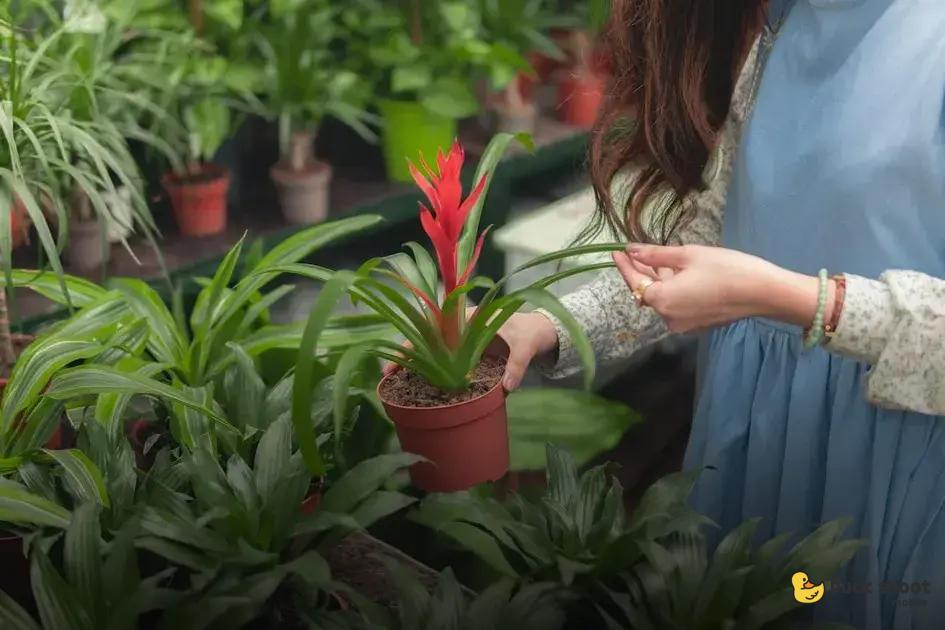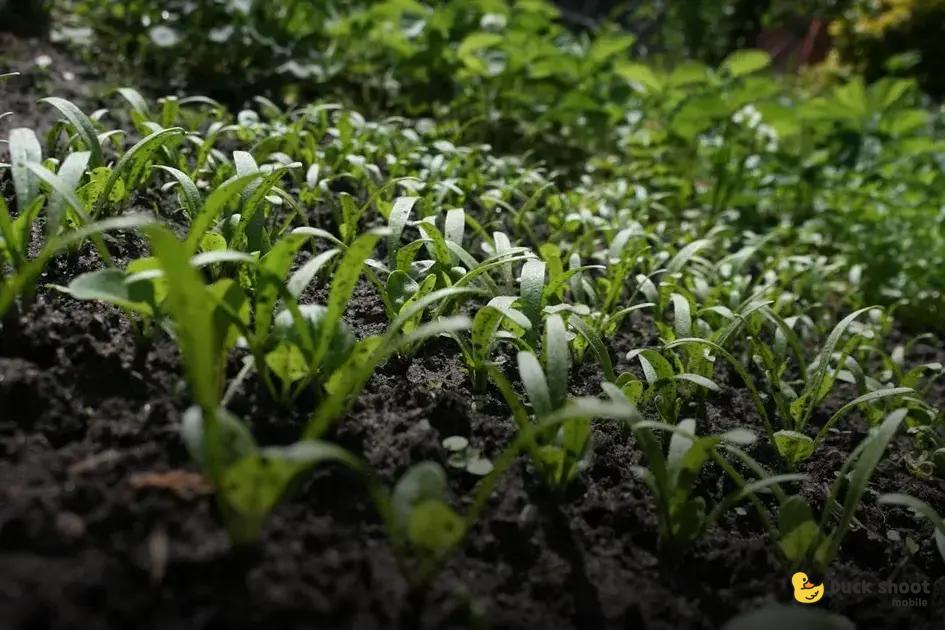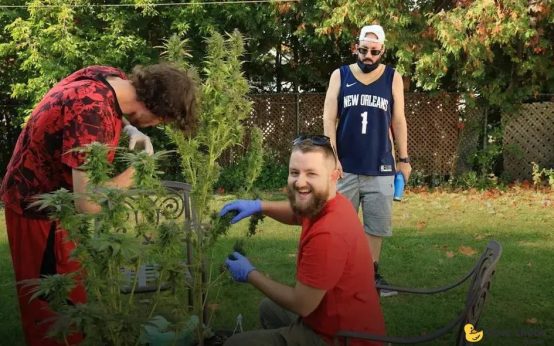Pruning trees and shrubs is essential for maintaining their health and appearance. By understanding the basics, using the right tools, and knowing the optimal timing, you can master this art with simple techniques. Avoid common mistakes to ensure your plants thrive.
Understanding the Basics of Pruning
Pruning is a crucial gardening skill that helps plants thrive by ensuring their health and vigor. Proper understanding the basics of pruning involves recognizing the natural shape of trees and shrubs, as well as the types of branches that need removing. Dead, diseased, or damaged branches should be the first to go. By targeting these, you prevent any potential spread of infection and make space for fruitful growth.
One key principle in pruning is to make clean cuts at the branch collar, which is the area where the branch meets the stem. This spot is essential because it heals quickly, minimizing potential harm to the plant. Using the right angled cuts will also promote healthy regrowth and prevent water from pooling, which can lead to rot.
Another aspect is understanding the importance of thinning. This process involves removing entire branches to increase access to sunlight and air circulation, fundamentally improving the plant’s health. On the other hand, heading back helps in controlling size and shaping the plant by cutting back the branches, encouraging denser growth.
It’s crucial to recognize the difference between shrubs and trees when it comes to pruning because their growth patterns and responses to pruning can vary significantly. By differentiating these, you can apply the correct techniques efficiently and ensure that each plant in your garden flourishes beautifully.
Essential Tools for Successful Pruning

Pruning tools are essential for maintaining the health and appearance of trees and shrubs. Choosing the right tools can make the pruning process more efficient and less stressful for the plants. Here are some fundamental tools you will need:
- Pruning Shears: Ideal for cutting small branches and stems, these are available in bypass and anvil styles. Bypass shears are generally preferred for live plants as they make cleaner cuts.
- Loppers: Perfect for reaching higher branches or cutting thicker stems. Their long handles provide leverage, making cuts easier.
- Pruning Saws: These are necessary for cutting large branches. A curved saw can facilitate cutting on round surfaces.
- Pole Pruners: For very tall trees, a pole pruner allows you to prune without needing a ladder. It’s particularly useful for hard-to-reach areas.
- Hedge Shears: If you have hedges, these shears will help keep them in shape. They work well for shaping and trimming several stems at once.
Proper maintenance of these tools is crucial. Regularly sharpen blades and clean them after use to prevent disease spread. Having high-quality tools is an investment that ensures successful pruning and plant health.
Optimal Timing for Tree and Shrub Pruning
To ensure the health and vitality of your trees and shrubs, choosing the right time for pruning is crucial. The timing can directly affect how well your plants respond and grow. Before proceeding, observe your plants’ growth cycles carefully.
For deciduous trees, late winter, just before spring growth starts, is an ideal time. This is because most of these trees are dormant and less likely to experience stress from pruning. Additionally, without leaves, their structure is visible, making it easier to identify which branches need removing.
Evergreens, on the other hand, should be pruned in early spring before new growth begins. Pruning them too late in the season can affect their ability to recover before temps drop.
Flowering shrubs present a different challenge. Prune those that bloom in spring right after they flower. This ensures you won’t cut off any buds that will produce next year’s blooms. Summer-flowering shrubs can benefit from a late winter or early spring pruning as they usually blossom on new growth.
For fruit trees, late winter is also often recommended, aiding in new growth and promoting abundant fruit production. However, be cautious with heavy prunings before a large crop, as this might exhaust the tree’s resources.
Beyond seasonal guidelines, always be aware of your local climate conditions. In areas with severe winters, early fall pruning can stimulate new growth that may be damaged by frost. Likewise, pruning during exceedingly hot periods can stress plants.
Through thoughtful consideration of optimal timing, you can enhance the long-term health and appearance of your landscaping efforts.
Step-by-Step Pruning Techniques

Gather Your Tools
Before you start, make sure you have the essential tools ready. A pair of sharp pruning shears, loppers for thicker branches, and a pruning saw are vital. Ensure they are clean and sharp to make precise cuts and prevent disease.
Identify the Branches
Start by examining the tree or shrub. Identify dead, diseased, or damaged branches, as these should be removed first. Look for branches that cross or rub against each other, as they can harm the plant over time.
Make Precise Cuts
Begin at the base and cut back unwanted branches. Make clean cuts at a 45-degree angle just outside the branch collar to ensure a healthy recovery. Avoid leaving stubs, as they can lead to disease.
Thin the Canopy
Thinning involves selectively removing branches to increase light and air penetration. This step encourages healthy growth and improves the plant’s overall shape. Focus on removing congested areas.
Consider the Plant’s Natural Shape
Preserve the natural shape of the tree or shrub as you prune. Follow its natural growth pattern to avoid a harsh, unnatural form. This ensures aesthetic appeal and healthier plants.
Step Back and Review
Periodically step back and examine your work. This practice helps maintain a balanced appearance and prevents over-pruning, which can stress the plant.
Common Mistakes to Avoid While Pruning
- Ignoring Seasonal Timing: One of the most common mistakes is pruning at the wrong time of year. Different trees and shrubs have specific seasons that are optimal for pruning, so it’s crucial to adhere to them. Misjudging the timing can lead to reduced blooms or even harm to the plant.
- Over-pruning: Removing too much foliage can stress the plant and hinder its growth. It’s essential to cut no more than 25% of a plant’s foliage in a single season to ensure it remains healthy and vibrant.
- Incorrect Cutting Techniques: Using incorrect cutting methods, such as leaving stubs or cutting too close to the trunk, can cause damage or create openings for diseases and pests. Properly angled cuts promote healthy growth and reduce the risk of infection.
- Using Dull Tools: Pruning with dull tools can result in jagged cuts that may harm the plant. Always ensure your pruning tools are sharp, clean, and suitable for the type of plant you are working with.
- Neglecting To Sanitize Tools: Failing to sanitize your tools between cuts can spread diseases from one plant to another. Clean tools with alcohol or a bleach solution to keep your garden safe.
- Not Considering the Plant’s Natural Shape: Pruning without keeping the natural structure in mind can lead to an unattractive shape and unhealthy growth. Always follow the plant’s natural lines to maintain its aesthetics and health.
- Ignoring Safety Precautions: Safety should never be overlooked when pruning. Always wear protective gear and be mindful of your surroundings, especially when using ladders or power tools.


 Hosting a Garden Party: Nature-Inspired Décor Tips
Hosting a Garden Party: Nature-Inspired Décor Tips  Outdoor Lighting Ideas to Highlight Your Garden Neatly
Outdoor Lighting Ideas to Highlight Your Garden Neatly  Incorporating Water Features into Your Garden Like a Pro
Incorporating Water Features into Your Garden Like a Pro